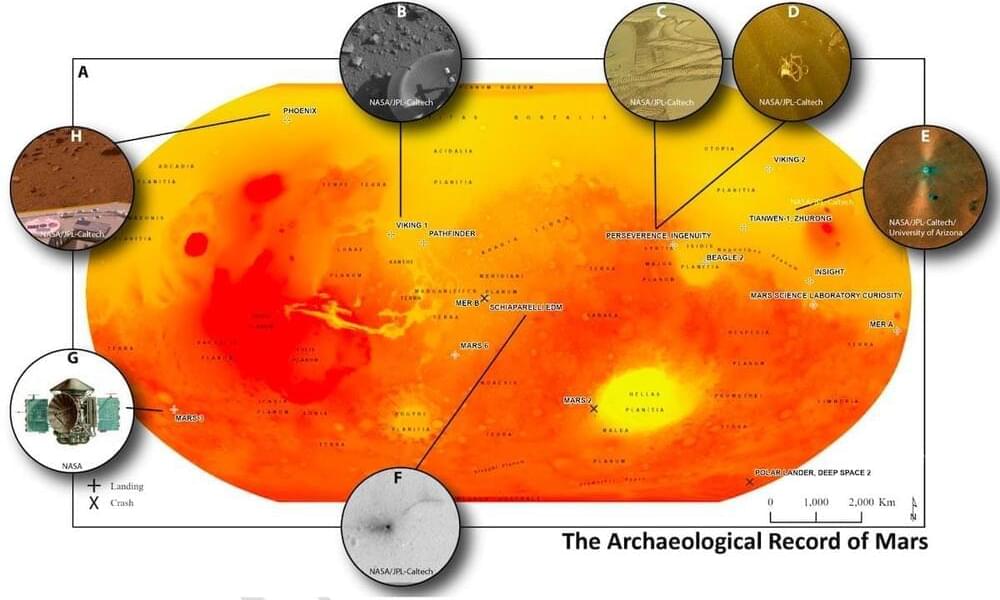NASA’s Synthetic Biology Project is collaborating with the GrabCAD community to create innovative 3D-printable bioreactor designs. These bioreactors aim to reduce the mass and volume of supplies needed for extended space missions by enabling in-situ production of essential nutrients through reusable or recyclable solutions.
The project focuses on enhancing BioNutrient Production Packs, which use bio-engineered microorganisms to generate critical nutrients like beta carotene. Crews activate these microorganisms by adding water and growth media to dormant cultures. The existing bioreactors include early polycarbonate Gen-0 models and lightweight Gen-1 soft packs. Both designs allow gas exchange to prevent over-pressurization while ensuring safe nutrient production.
NASA seeks to address key challenges for long-duration missions, including designing bioreactors that are either reusable or recyclable and can be manufactured aboard spacecraft. The bioreactor must safely handle liquid cultures, support gas exchange, and be compatible with additive manufacturing technologies. Reusability designs must consider sterilization challenges, while recyclable designs should use materials that can be reprocessed into new bioreactors.





